As Summer fades into Winter, the colder months bring crisp walks, frosty mornings, and cosy evenings spent indoors. While it’s a beautiful time of year to enjoy with your pets, the colder weather also introduces new challenges. From muddy walks and darker evenings to the chill of winter, keeping your pets safe and comfortable is crucial as the seasons change.
In this guide, we’ll explore practical tips and recommend must-have items to help you look after your furry friends throughout the colder months.
Walks in the Colder Weather
Brisk walks during autumn and winter are a delight, but the colder months present hidden risks. Muddy paths, wet weather, and freezing temperatures require extra care to ensure your pet remains safe and happy outdoors.
Key Considerations:
- Wet, Slippery Paths: Mud and fallen leaves can hide sharp debris that may cut or hurt your dog’s paws.
- Cold Temperatures: Prolonged exposure to chilly weather can be uncomfortable for dogs, especially smaller breeds, older dogs, or those with short coats.
How to Prepare:
- Invest in Dog Boots: Consider protective boots for your dog to shield their paws from cold, mud, and sharp objects.
- Dress for the Weather: If your dog is sensitive to the cold, consider a cosy, weatherproof coat or jumper. This extra layer will keep them warm without restricting movement.
- Keep an Eye Out: Always supervise your dog when walking near icy paths or slippery surfaces, and avoid stagnant water, which can contain dangerous bacteria or toxins.
Must-Have Essentials for Cold-Weather Walks
- Dog Coat or Jumper
Some dogs, especially smaller breeds or those with short coats, may struggle to stay warm in colder temperatures. A cosy, weather-resistant coat or jumper can make a world of difference, keeping them snug without limiting their movement.

- Paw Protection
Icy paths, salt, and grit can irritate your dog’s paws. Dog boots or paw balms provide protection from the cold and help prevent cuts or abrasions during winter walks.
- Dog walking bag
One of the most practical essentials you can have is a dog walking bag. Not only does it help you stay organised, but it ensures you have everything your dog might need during those chilly outings.
Why It’s a Must-Have:
Hands-Free Ease: Free up your hands for managing the leash or navigating uneven ground by storing all your walking essentials in one place.
Weatherproof Design: Choose a waterproof bag to protect your items from the elements, whether you’re caught in a sudden shower or trudging through snow.
Stay Organised: With various compartments, you can easily keep treats, poop bags, and personal items separate and accessible throughout your walk.
What to Pack in Your Dog Walking Bag:
Tasty Treats: Ideal for rewarding good behaviour while you’re out and about.
Collapsible Water Bowl and Bottle: Keep your dog hydrated, even on longer walks.
Poop Bags: Always bring a few extras just in case.
Towel: Perfect for wiping muddy paws or drying off after a wet adventure.
Mini First Aid Kit: Useful for dealing with any minor scrapes or injuries from hidden hazards on the trail.
Staying Safe After Dark
As the days grow shorter in the autumn and winter months, your dog walks are likely to become more gloomy and darker. Ensuring both you and your dog are visible is essential for safety, especially near roads or in poorly lit areas.
Tips for Keeping Visible:
- Reflective Gear: Equip your dog with reflective collars, harnesses, or leashes. These items help cars and pedestrians spot them more easily.
- LED Attachments: Clip small LED lights to your dog’s collar or harness. These are a simple but effective way to keep them visible in low-light conditions.
- Personal Lighting: Carry a torch or wear a headlamp to light your path and make it easier to see hazards such as icy patches or puddles.
Managing Seasonal Hazards: What to Watch For
The colder months bring about different risks, from toxic plants to unexpected winter storms. Knowing what to look out for can help you keep your pets safe.
Autumnal Hazards:
- Acorns and Conkers: While tempting for dogs to chew on, these are toxic and can cause stomach upset or more severe issues if ingested.
- Fungi and Mushrooms: Damp conditions are ideal for fungi to thrive, and some varieties can be poisonous to pets.
Winter Dangers:
- Rock Salt and De-Icing Products: While these help make pavements safer for humans, they can irritate your dog’s paws. If ingested, they can be harmful, so always wash your dog’s feet after walks where salt or grit has been spread.
- Frostbite and Hypothermia: In extremely cold weather, limit time outside, especially for smaller dogs or those with short fur. Watch for signs of frostbite on the ears, tail, or paws.
Cosy Indoors: Keeping Your Pets Warm and Comfortable inside
With the drop in temperature, your home becomes a refuge for warmth and comfort. However, your pets may need some extra help staying cosy, especially if they’re sensitive to the cold.
Warm Bedding:
- Insulated Pet Beds: Swap out lighter bedding for warmer, insulated beds or blankets to help your pet stay snug during cold nights.
- Draft Protection: Make sure their sleeping area is free from cold drafts. If needed, place a comfy cover over their bed for added warmth.
Indoor Gear:
- Sofa Protectors: If your dog loves to curl up on the sofa after a walk, use a sofa cover to keep mud, fur, and damp paws from damaging your furniture.
- Heated Pet Beds: For particularly cold days, consider investing in a heated bed or mat for your dog to relax on. This is especially beneficial for older dogs or those with joint problems.
Fireworks and Festivities
Autumn and winter are packed with festivities that can be overwhelming for pets. From the fireworks of Bonfire Night to the excitement of Christmas, it’s important to manage your pet’s anxiety during these events.
Firework Safety:
- Create a Safe Space: Set up a quiet, comfortable, safe space in your home where your dog can retreat during fireworks displays. This could be a cosy bed or crate in a quieter room.
- Calming Products: Use pet-safe calming sprays or plug-ins to help reduce anxiety. Some dogs may benefit from anxiety wraps, which apply gentle pressure to help soothe them.
Holiday Decor and Visitors:
- Keep Decorations Out of Reach: Ensure items like tinsel, baubles, and lights are placed where curious pets can’t reach them. Ingesting decorations can lead to serious health issues.
- Introduce Guests Slowly: If you’re hosting visitors, make sure your pets are comfortable with the extra activity. Give them space to retreat if the environment becomes too overwhelming.
The colder months, from autumn through winter, are full of opportunities to enjoy time with your pets, but they also require some extra planning and attention. By investing in the right gear, staying aware of seasonal hazards, and keeping your pets warm and safe both indoors and out, you can ensure they thrive during this time of year. With a little preparation, you and your furry friends can enjoy all the wonders the colder months have to offer.

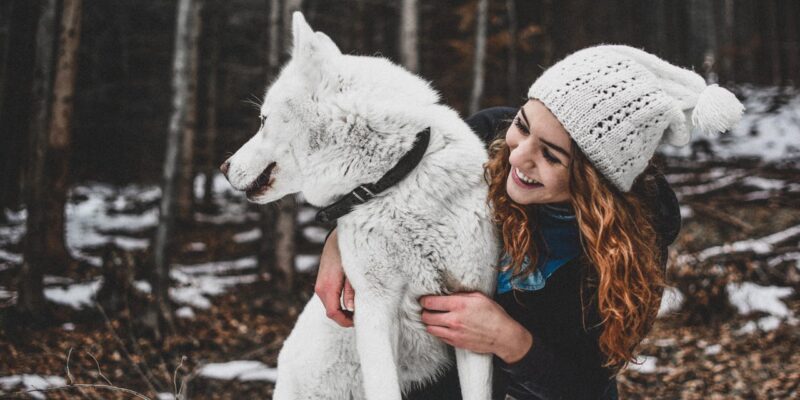
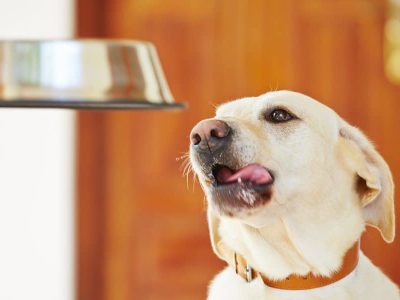
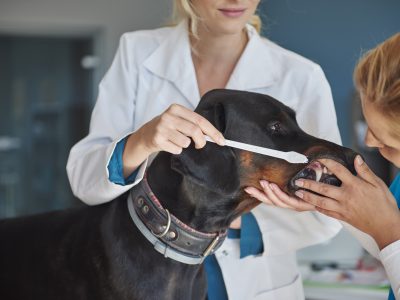


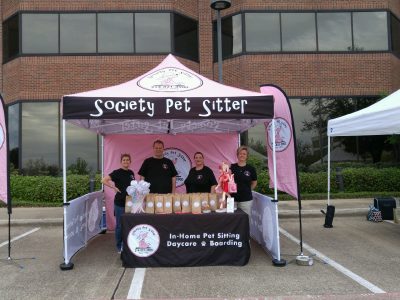
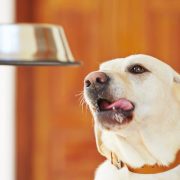
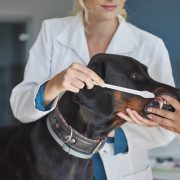



Comments